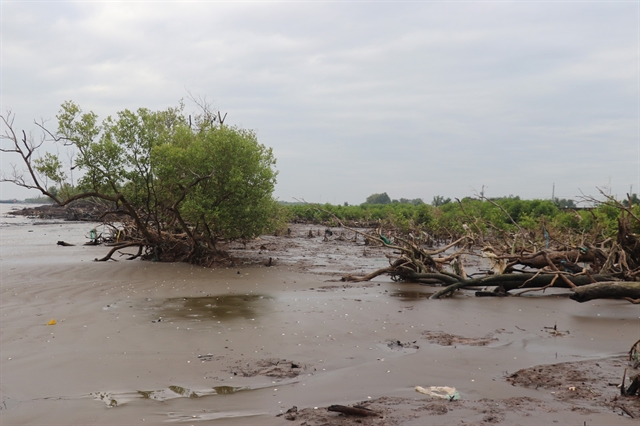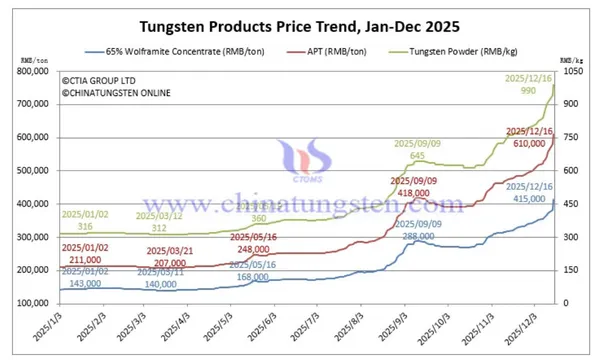 Environment
Environment

The HCM City authorities have asked agencies to roll out policies to attract private investment for flood-prevention projects as the city struggles to find a solution to its flooding crisis.

|
| Heavy rains flooded Nguyễn Hữu Cảnh Street in HCM City’s Bình Thạnh District last week. VNA/VNS Photo Mạnh Linh |
HCM CITY — The HCM City authorities have asked agencies to roll out policies to attract private investment for flood-prevention projects as the city struggles to find a solution to its flooding crisis.
Speaking at a recent meeting, Võ Văn Hoan, deputy chairman of the city People’s Committee, asked the Construction Department and Planning and Investment Department to develop policies to solicit funds, especially for projects those under public-private partnerships.
Regular inspections will be carried out to resolve problems arising during construction, and meetings will be organised every six months with a review at the end of the year.
The Department of Science and Technology has been instructed to apply modern technologies to drainage systems, wastewater treatment, reservoirs, embankments, and underground water tanks.
City authorities will also crack down on illegal encroachments on rivers, canals, and drainage systems.
Under the flood-prevention programme in the 2020-30 period, the city aims to prevent flooding on a 550sq.m area in the city centre.
Current solutions include completion of design and plan for a sewage system that will include drainage in natural areas. The city will force investors of these land plots under city government management to build water reservoirs.
The Department of Construction will offer advice to the city on the construction of water reservoirs on the land plots. Inspectors must take heed of this when issuing construction permits.
Last year the city implemented more than 200 anti-flooding works at a cost of nearly VNĐ8 trillion (US$345 million). The projects were carried out in six places covering 550 sq km (212 square miles) that are home to 6.5 million people.
The projects upgraded water drainage systems and built ponds and fixed flood-prone streets in districts 1, 7, Tân Phú, Tân Bình, Thủ Đức and Gò Vấp.
In addition, wastewater collection and treatment projects and upgrading of roads and construction of underground water reservoirs will be implemented more quickly.
The city has used its own budget and called for investment via public private partnerships to carry out these projects.
As part of its efforts to stem urban flooding, the city has said it would also deal with blocked drainage areas such as canals and sewers.
Ngô Viết Nam Sơn, an architect with experience in urban planning, said even if the city could afford all of the projects it has planned, it cannot completely prevent flooding. There are too many concrete buildings in the city and water has no way to flow away, he said.
He blamed the mistakes on poor urban planning.
Worst scenario by 2050
Flooding risks in HCM City may grow 10 times more intense by 2050 given the current prevalence of poorly regulated construction projects and economic activities, according to a new study by the international consulting firm McKinsey.
According to the findings, the city may lose billions of US dollars to sea-level rise and a majority of its area may become vulnerable to extreme weather events without serious adaptation and systemic reform of urban planning.
According to the Ministry of Natural Resources and Environment, a survey of 339 locations in the Mekong Delta and HCM City last year found that 306 have sunk by 0.1 to 81.4 centimetres over the last decade, including 19 locations in the city
The city has witnessed an acceleration in urban sprawl over recent years, worsening the impact of inundation.
In the worst-case scenario, experts have warned that it is likely that a major part of HCM City will be below sea level in 50 years, turning it into a swamp.
HCM City with a population of 13 million has suffered flooding for more than two decades now. Scenes of residents getting stuck or wading in deep floodwaters every time it rains or the tide rises are common. — VNS.




